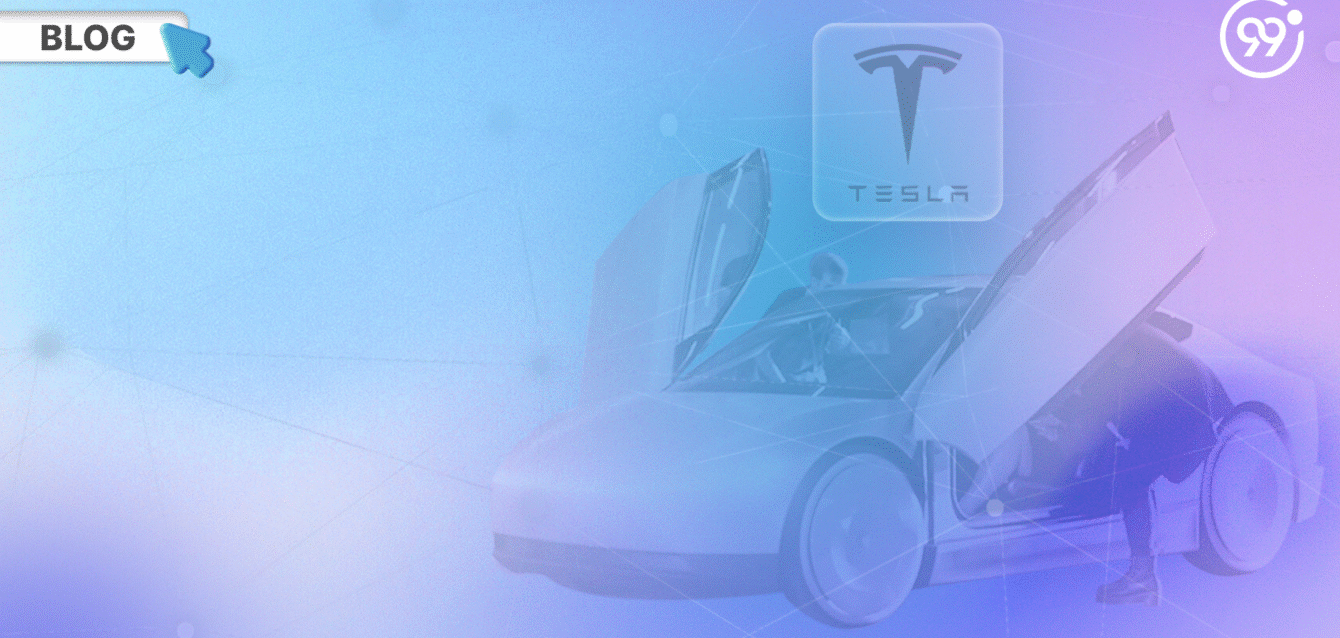The Robotaxi Revolution with the Tesla Cybercab

Tesla has taken a step further into the future with the launch of the Cybercaban autonomous robotaxi unveiled during the "We, Robot" event in California. This vehicle, designed specifically for autonomous driving, has no steering wheel or pedals, marking a milestone on the road to fully automated mobility. With this launch, Elon Musk promises to transform the way we transport ourselves, with reduced operating costs and improvements in safety.But what makes the Cybercab so special and what challenges does it face before production?
Futuristic Design and Total Autonomy
The Cybercab not only stands out for its autonomous driving, but also for its avant-garde design. The doors of the robotaxi open upwards and the vehicle has no rear windshield. In addition, the cab is compact, accommodating only two passengers. One of the most notable innovations is its charging system: it does not feature a traditional charging port, but instead uses inductive chargingthat is, it charges wirelessly.
Musk mentioned that this model aims to replace urban mass transit by offering rides for a cost of just 20 to 40 cents per milewhich would make it more affordable than city buses. The use of artificial intelligence and advanced vision also eliminates the need for expensive sensors, significantly reducing production costs.
Market and Autonomous Technology Impact
Tesla's proposal is ambitious: to offer a robotaxi that not only reduces the time people spend behind the wheel, but also makes autonomous transportation safer. Musk claims that autonomous cars will be 10-20 times safer than those driven by humans, with the ability to avoid mistakes that often cause accidents.
However, the promise of complete autonomy is not without its challenges. Although the Cybercab is scheduled to go into production before 2027The Cybercab, however, will need regulatory approval due to the absence of manual controls such as steering wheel or pedals. The model also faces competition from companies such as Waymo y Cruisewhich have made significant progress in autonomous driving with millions of test miles accumulated.
Regulatory Challenges and Criticisms of Autonomous Driving
Despite Musk's enthusiasm, the robotaxis and self-driving systems have come under scrutiny from safety regulators in the U.S. The Full Self-Driving (FSD) system, while promising, has been involved in incidents that have led to death and injury claims. As testing continues, autonomous technology experts continue to question whether Tesla will be able to deliver on its ambitious promises.
Is Cybercab the Future of Transportation?
The Tesla Cybercab marks a before and after in Elon Musk's vision for autonomous mobility. While its design and technology represent a breakthrough, questions remain about its safety, regulatory approval and ability to meet promised deadlines. With competition on the rise and pressure from regulators, Tesla will need to prove that its bet on the robotaxis is truly the future of transportation. However, the promise of reduced costs and increased safety makes this innovation one of the most anticipated in the coming years.




